I think there is one thing the entire global community agrees on: The year 2020 was a statistical outlier, one that was significantly different on so many levels. I refuse to use the word “unprecedented,” and truth be told I am secretly hoping
that the linguists start a movement to remove it from our lexicon! Let us not dwell on the past but instead embrace an opportunity mindset and focus on how we can grow and be successful in 2021. We know with each new year comes lots of change and opportunities and so we must figure out how to leverage these opportunities. Begin by ensuring that your team has developed a strategic plan with input from your internal and external customers and key stakeholders. Remember, if you want to make sure everyone is on the same page you have got to create the page. Once you create a plan, make sure you execute it, manage it and make the necessary changes if needed. Everyone should understand who your core customers are (hint: they are the ones who generate the highest gross margins) and stay focused and disciplined and exercising communication rhythms that are aligned with their daily, weekly and quarterly goals. And everyone, regardless of their role, should know what the company’s critical numbers are and how their job affects them in a positive or negative manner. Educating your team around the
numbers and creating a financial culture is important to your success and elevates everyone. As such, you must have the right information moving quickly throughout the company and getting into the right hands and heads. Your plan should be visible and understood by everybody in the company, not just by the leadership. All employees should be part of a daily group huddle that lasts less than 15 minutes focusing on the important tasks over the next 24 hours, performing tasks that ensure they hit the critical numbers and soliciting help with where they are stuck. The leadership team should meet weekly to review company progress and market and competitive intelligence gathered from employees, customers and trusted business partners. Each month, the leadership and managers should meet for a half to a full day to discuss big issues that may prevent the organization from reaching the current quarter’s goals. At the end of each quarter, the leadership and managers should meet off site to avoid interruptions, to see if they need to make any changes or corrections to the existing plan and discuss how they will successfully execute next quarter. While this may sound like a lot of meetings, it is not. When done right, a company should only spend between eight to ten percent of its time in strategic meetings. Companies with this kind of focus and discipline generally have twice the profi ts, higher employee and customer satisfaction and upon exiting, signifi cantly higher valuations. Be sure that you have the right people in the right seats doing the right things right. Thank you, Jim Collins, for that great alliteration and fail-proof business axiom. Collect input from employees that helps identify opportunities and obstacles, and have the right people and processes in place to leverage those opportunities and eliminate the constraints. Each leader and manager should meet weekly with at least one customer to collect feedback and then share those customer insights with the team. If you’ve done all of this good work you should be confident in knowing that your employees are focused on doing the right things, and are accountable and know whether they and the company have had a good, mediocre or poor day, week, month or quarter—and that you may have an unprecedented (oops) over the top 2021 I wish you all a safe, healthy and fantastic year.







